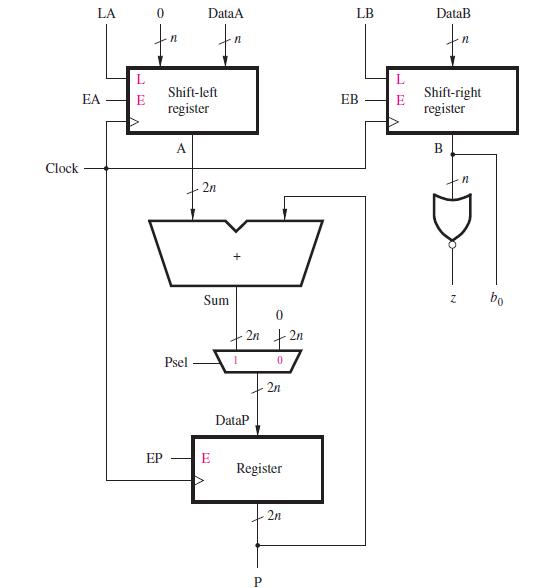Figure 7.24 shows the data path circuit for the shift-and-add multiplier. It uses a shift register for
Question:
Figure 7.24 shows the data path circuit for the shift-and-add multiplier. It uses a shift register for B so that b0 can be used to decide whether or not A should be added to P. A different approach is to use a normal register to hold operand B and to use a counter and multiplexer to select bit bi in each stage of the multiplication operation.
(a) Show the ASM chart that uses a normal register for B, instead of a shift register.
(b) Show the data path circuit corresponding to part (a).
(c) Give the ASM chart for the control circuit corresponding to part (b).
(d) Give Verilog code that represents the multiplier circuit.

Fantastic news! We've Found the answer you've been seeking!
Step by Step Answer:
Related Book For 

Fundamentals Of Digital Logic With Verilog Design
ISBN: 9780073380544
3rd Edition
Authors: Stephen Brown, Zvonko Vranesic
Question Posted:





